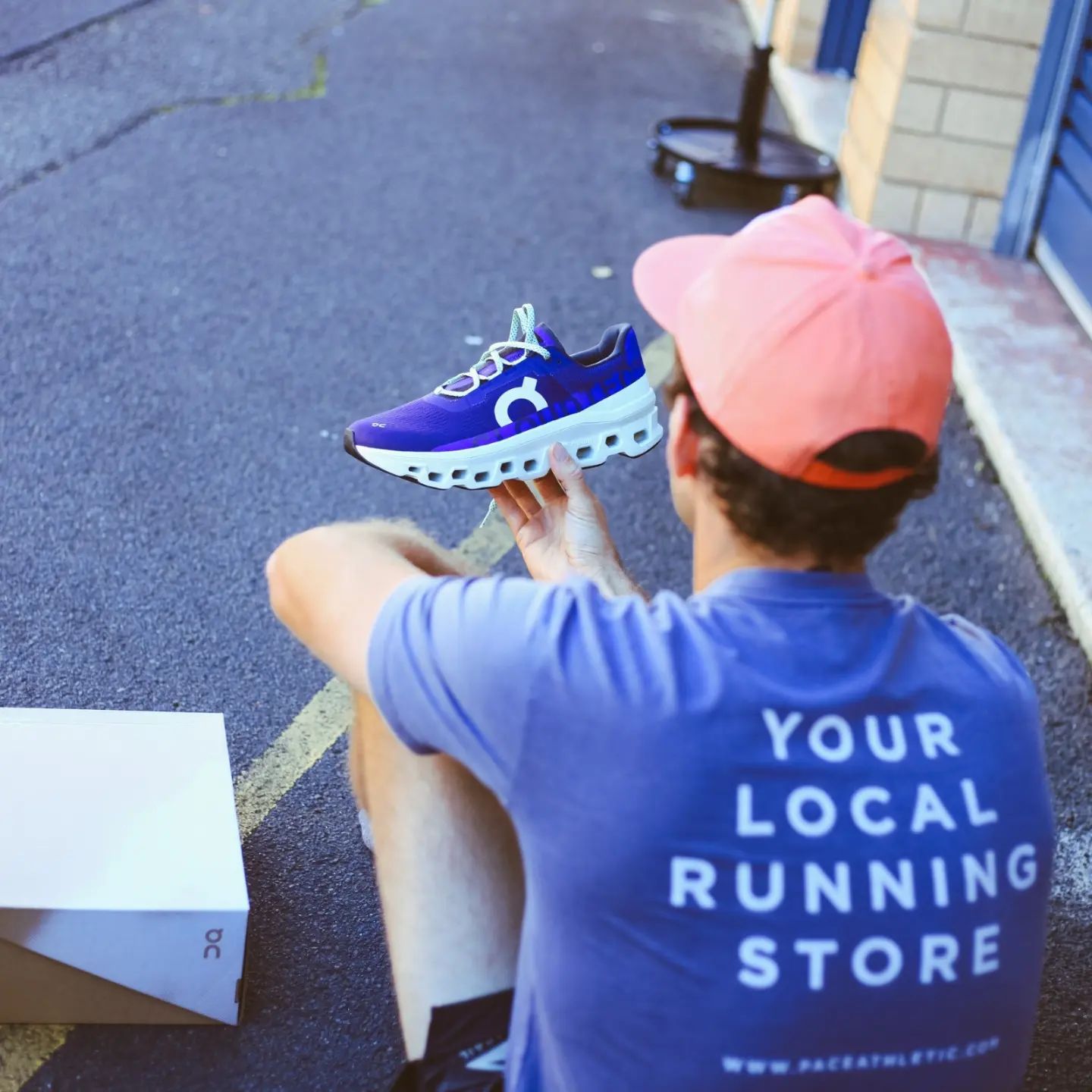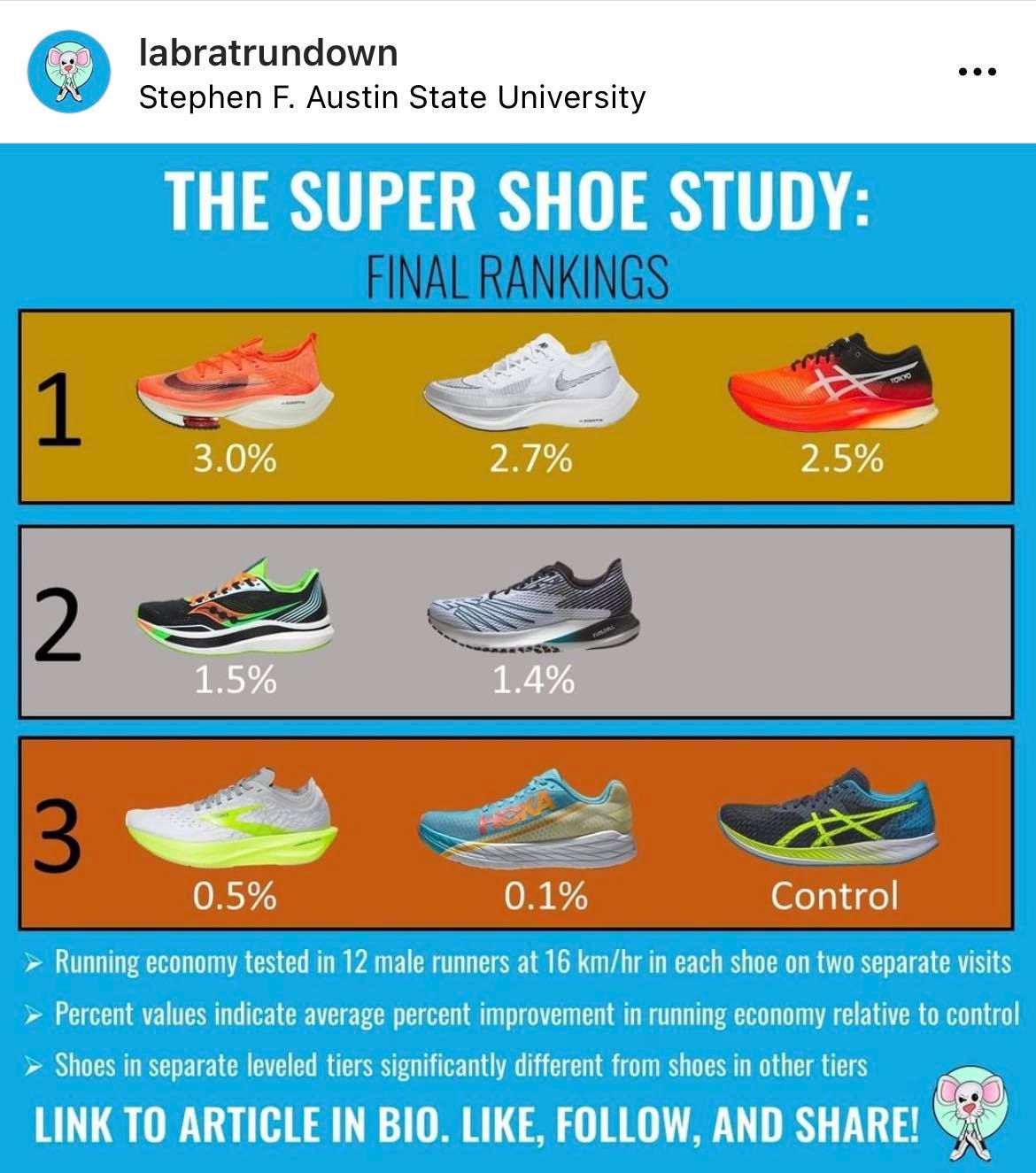How to choose running shoes
There are many reasons to choose running shoes; injury risk reduction, improved performance, comfort, enjoyment and simply because they look good.
So, what are the best shoes for running and how to choose running shoes that will help meet your needs?
For almost anyone, from novice to the seasoned runner, seeking out a running shoe retailer that generally stocks high quality product, with a high level of customer service is the best place to start. Usually, this is your local running specialty store where you’ll find runners that geek out over running shoes and honestly want to help you enjoy running (and running shoes) as much as they do. A simple, yet under underemphasised benefit of going “in-store” to purchase your running shoe is getting the right fit, even before you take your first stride in-store. The fit of a running shoe is focused around length and width but other important aspects of fit include; lacing systems, upper material and design, heel cup and toe box shape/depth, and the geometry of the midsole under the foot. Once the fit is dialed in, you can focus on how the shoe feels and functions in-store, either on a treadmill or on the shop floor/footpath. The chat you have with the salesperson before they even bring out any models to try, will help lower the risk of the shoe not suiting you – they may ask you things such as;
- running goals
- past experiences with running shoes (what has or hasn’t worked)
- running experience (novice vs experienced)
- training for an event (trail vs road, short vs long etc.)
- surfaces run on
- distances run
- and the list goes on…
It’s this “chat”, that functions as an informal screening process, that’s the magic when visiting a running shoe specialty store. Any gait analysis that’s provided, is an added bonus and shouldn’t be considered as the main focus in a fitting process considering the lack of evidence to support recommending running shoes based on “normal” or “excessive” pronation.
I’ve been lucky enough to work with a number of superb running shoe retailers. Here are a couple I’d recommend;
The Running Company (multiple locations nationally)
Pace Athletic (multiple locations in Sydney)
How to pick running shoes to improve performance?
When it comes to road running performance, we know that lightweight shoes with high stack (thick) midsoles, utilising next generation foams (e.g. PEBA), rocker geometry and stiffening elements such as carbon fiber plates, provide most runners an economical advantage over standard training shoes or traditional low profile racing flats. In fact, most studies comparing “super shoes” to traditional racing flats show no non-responders; as in, everyone got an advantage, to some degree, wearing this new type of shoe tech. An economical advantage means we use less oxygen and burn fewer calories for a given pace, so in a race scenario you can either push the pace faster for a given effort, or run further at that pace before you start slowing down. This new era of performance footwear began in 2017 with the release of the Nike Vaporfly 4%. Although slow to play catch up, essentially all major brands now have a shoe in this space, often simply referred to by runners and retailers as “super shoes”. Perhaps once this technology becomes fully normalised and we forget how far we’ve come in performance footwear; we will just refer to them as racing shoes. But for now, I’ll keep calling them super shoes, because it’s fun to say, and once you run in them you will wonder how you were ever able to race in low profile EVA based racing flats! At this point in time, not all super shoes are necessarily as super as their competitors; if you want to stay up-to-date with the latest in this space I would recommend giving @labratrundown a follow on Instagram.
Trying to find a super shoe that also minimises injury risk is a tricky proposition as high stack racing shoes don’t necessarily reduce overall running injury risk compared to traditional lower profile racing flats; it may simply be that the location of injury is different. For example; we may see less mid-foot or metatarsal stress fractures in super shoes due to increased cushioning, increased stiffness, and a midsole rocker design. The load has to go somewhere, and generally we see more proximal issues such as hamstring tendinopathy due to longer stride lengths seen in these shoes. In addition, from my clinical experience treating runners, I’ve seen more tibialis posterior tendon and peroneal tendon issues in super shoes for those using them for the wrong purpose (trail or cross-country racing/training) or those that have significantly pronated or supinated foot function. A foot high off the ground, on a racing silhouette (narrow base) of very soft foam, isn’t exactly the most stable shoe to be taking multiple turns on uneven terrain or cambers in, and it may accentuate already slightly deviated foot mechanics. For runners in Sydney, it’s important to be cautious not to overuse super shoes in their training week. As a podiatrist in Sydney, my suggestion for most runners is to be careful and avoid over-utilising these shoes to prevent potential injuries.
How to pick running shoes to lower injury risk?
The “right shoe” to optimise comfort and minimise injury risk, can be a puzzle that even the most experienced runners find hard to piece together. The running shoe market is an ever-evolving space; the evidence around any particular running shoe category reducing running injury risk is lacking. We’ve had numerous running shoe prescription paradigms over the past several decades, but none proving to be superior than the other at this stage. Minimalist shoes were touted as being able to lower running injury risk, with an increase in marketing and sales in the early 2010’s, however these claims have never been substantiated via numerous research studies. Likewise, allocating running shoes based off static measures such as arch height, is not well supported by running shoe-injury risk research. Currently we are are seeing continued growth in maximalist (highly cushioned and rockered) running shoes in both racing and training categories. These shoes are fun, bouncy and can enhance the experience of running, but lets not assume they will protect us from injuries anymore than other categories of shoes.
So how to choose running shoes?
If you’re injured or concerned about how running shoes may play a role in injury risk for you, I say go and see a podiatrist who knows running. They can assess your current injury as well as past injury history to figure out what shoe features may work for you. If there is a pattern of injury at specific body regions, there may be some key footwear features that can be recommended as a more ongoing strategy to lower risk of recurrence. For example, the runner that lands on the forefoot and has a history of calf or Achilles issues generally does better in a shoe with significant forefoot cushioning and a higher drop. For a runner with a long history of anterior knee pain, they may do better in a lighter, less cushioned and/or lower drop running shoe. You can also read my blog I wrote about the drop of your running shoe and how this may affect injury location.
TDC.

